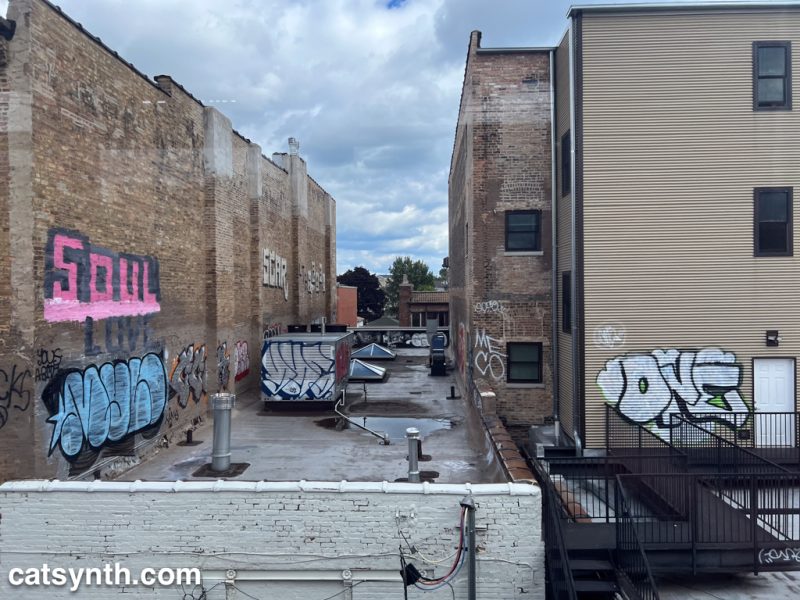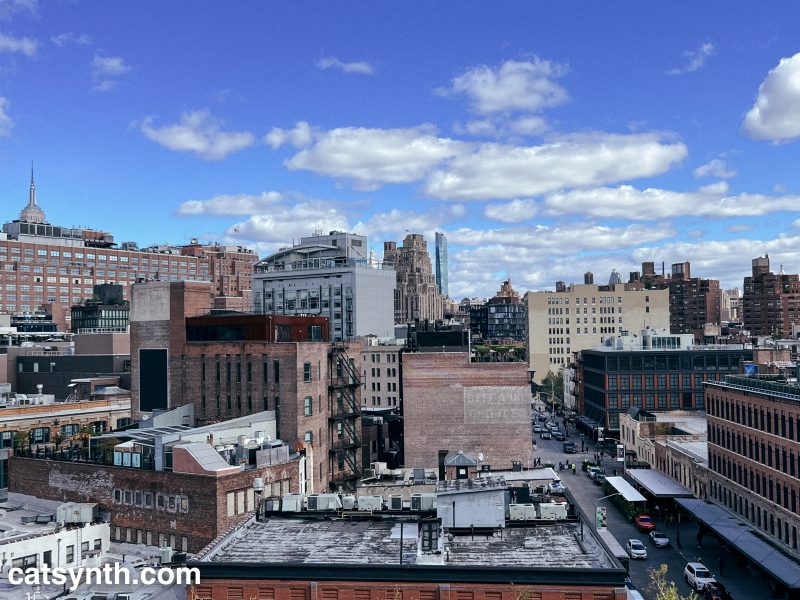
urban landscape
Wordless Wednesday: Meatpacking District
Ellis Street, San Francisco
Looking westward out from my office in San Francisco, I can see the entirety of Ellis Street, heading from downtown towards the interior hills of the city. Recently, I finally got a chance to walk the street from one end to the other.

Ellis Street is a relatively modest east-west street, but like many others in this city it traverses a diverse cross-section of terrains and neighborhoods. It begins at the intersection with Market Street and Stockton Street, shown in the photo above. At the corner is the San Francisco’s flagship Apple Store. The large construction project that has taken over the intersection is part of the new Central Subway project, in particular, a series of tunnels that will connect the existing Powell Street BART and MUNI station to the new line that goes up Stockton Street.
At ground level, we can see the mixture of tall buildings, hotels, restaurants and tourist places that dominate the blocks around Union Square.

The street is an exercise in contrasts. As we move just a couple of blocks westward, the cityscape gives way to older ornate buildings house boutique hotels, lounges, dive bars, massage parlors, youth hostels, and apartments of long time residents trying to hold on in a changing and increasingly unaffordable city.

Heading into the heart of the Tenderloin (“TL”) we cross Taylor Street, which we wrote about this summer. The neighborhood has its reputation for being sketchy and having among the last concentrated pockets of poverty in the city, but the diverse neighborhood contains beautiful architecture and a wide range of people and interests.

Friends live here. There are cultural institutions here, such as the “509 Annex” of the Luggage Store Gallery where the regular Outsound New Music Series was temporarily hosted (it is now back at the main LSG building on Market Street). A couple of blocks south is the new home of Counterpulse, an experimental performance arts organization. Glide Memorial Church is a veritable institution at the corner of Ellis and Taylor that serves many in the neighborhood and beyond.
The social and architectural landscape again changes dramatically as we approach Van Ness Avenue, one of the main north-south boulevards in the city. It is lined with both tall (and expensive) apartment buildings as well as quite a few car dealerships.

Heading west from Van Ness on Ellis we continue up an incline to Cathedral Hill. Not surprisingly, there is a cathedral here: specifically St. Mary’s, a beautiful gem of modernist architecture. They also have a huge modern pipe organ and I have heard several concerts there.

Several of the apartment buildings in these blocks are quite tall, and remind me more of 1960s/1970s New York City apartments than those typically associated with San Francisco. I particularly like this cylindrical building.

Continuing westward, we enter a more low-rise residential neighborhood, and the first of a few continuity gaps in Ellis Street. It stops at block of schools anchored by Rosa Parks Elementary School before picking up again a block later.

This section of the street has quite a few gaps, actually, some of which are probably from the redevelopment of the Fillmore District. Indeed, Ellis is mostly pedestrian walkways at its intersection with Fillmore in the middle of the “Jazz Heritage District”. A block south is the building Fillmore Heritage Center that housed the ill-fated San Francisco branch of Yoshi’s.

It still has a restaurant and concert venue under various managements, as well as the larger-than-life photos on its facade.
When Ellis Street resumes two blocks to the west, it is a smaller, treelined residential street with pretty two-story residences of the classic San Francisco style.

The next large crossing is Divisadero. I have never quite figured out exactly what it is that Divisadero is dividing.

In recent years Divisadero has been a destination street in itself. I have done a bit of photography here a few blocks south, and had one of my photos from that set displayed in a show at Rare Device.
Just past the intersection is the final uphill block that I had been able to see from the office window.

It is the steepest block of the street, and the houses reflect that. This is a rather archetypical San Francisco street scape.

Ellis Street ends at the top of the rise at an unassuming intersection with St Joseph’s Street.

St Joseph’s is one of several streets here that is confined to the small hill neighborhood of Anza Vista. Over a century ago, this area was a large cemetery. All the plots have long since been moved to Colma, and it is now a fancy hilltop neighborhood whose apartment buildings and houses look more like the Berkeley hills or Daly City than the traditional parts of San Francisco.

The architectural dissonance is not surprising as Anza Vista was developed after World War II.
The walk was quite a nice one, not too long or strenuous and it was a lovely warm autumn day. But I was ready for a break, and caught a 38 Geary Express MUNI back downtown and plotted future walking adventures for the city.



